9 Reasons Why Metal Roofing Is Ideal for Historic Homes
Historic homes are treasures that connect us to our past, showcasing architectural styles and craftsmanship from bygone eras. However, maintaining these properties can be challenging, especially when it comes to roofing. Metal roofing has emerged as an excellent solution for historic homes, offering a blend of durability, aesthetics, and preservation benefits. In this article, we'll explore the reasons why metal roofs are ideal for historic homes, examining their advantages and how they can contribute to the longevity of these cherished structures.
1. Ensuring Long-Term Protection
One of the most compelling reasons to choose metal for historic homes is its exceptional durability. Metal roofs are renowned for their long lifespan, which is particularly important when dealing with older structures. According to This Old House, metal roofs can last up to 70 years before replacement is needed. This longevity is a significant advantage for historic homeowners, as it reduces the frequency of roof replacements and minimizes the risk of damage to the home's structure due to roofing issues.
The durability of metal roofing extends beyond its lifespan. These roofs are highly resistant to common problems that plague other roofing materials, such as cracking, warping, and rotting. This resistance means that metal roofs maintain their integrity and appearance for decades, providing consistent protection to the historic structure beneath.
2. Preserving Architectural Integrity
Historic homes often feature unique architectural elements that contribute to their charm and historical significance. Metal can be customized to complement these features, preserving the home's original aesthetic while providing modern protection. Many metal roofing products are available in styles that mimic traditional roofing materials, such as slate or wood shakes, allowing homeowners to maintain the authentic look of their historic properties.
Furthermore, metal can be fabricated to match specific historical designs, including intricate patterns or unique color schemes. This versatility ensures that the new roof doesn't detract from the home's historical character but rather enhances it. Custom fabrication can recreate original roofing details, such as decorative ridges or specific panel profiles, ensuring that the metal roof aligns perfectly with the home's architectural style.
3. Protecting Against Coastal Elements
For historic homes located in coastal areas, weather resistance is a crucial factor in roofing selection. Metal roofs excel in this regard, offering superior protection against the elements commonly encountered in seaside locations. The durability of metal makes it resistant to salt air corrosion, high winds, and heavy rains, ensuring that the home remains well-protected year-round.
Coastal environments present unique challenges, including exposure to salt spray, intense UV radiation, and the potential for tropical storms or hurricanes. Metal roofs can be engineered to withstand these harsh conditions, often featuring specialized coatings that provide additional protection against corrosion and UV damage. The inherent strength of metal also allows these roofs to resist wind uplift, a critical factor in areas prone to high winds or severe storms.
4. Improving Comfort and Reducing Costs
Improving energy efficiency in historic homes can be challenging, but this type of roofing can contribute significantly to this goal. Metal roofs reflect solar radiation, reducing heat absorption and helping to keep the home cooler during hot summer months. This reflective property can lead to lower energy costs and improved comfort for residents, making metal an environmentally friendly choice for historic properties.
5. Reducing Upkeep Requirements
Historic homes often require significant upkeep, but metal roofing can help reduce the overall maintenance burden. Unlike some traditional roofing materials, metal roofs are resistant to issues such as rot, mold, and insect infestation. This resistance translates to fewer repairs and less frequent maintenance, allowing homeowners to focus on other aspects of preserving their historic properties.
The low-maintenance nature of metal roofs is particularly beneficial for historic homes with complex roof structures or limited accessibility. Regular inspections and occasional cleaning are typically all that's required to keep a metal roof in top condition. This ease of maintenance not only saves time and money but also reduces the risk of damage that can occur during more intensive maintenance procedures required by other roofing materials.
6. Enhancing Fire Resistance
Safety is a paramount concern for any home, but it's especially critical for historic properties that may have outdated electrical systems or other potential fire hazards. Metal offers excellent fire resistance, providing an additional layer of protection for these valuable structures. This fire-resistant quality can also lead to potential insurance benefits for historic homeowners.
The non-combustible nature of this type of roofing can significantly slow the spread of fire, potentially buying crucial time in the event of an emergency. This is particularly important for historic homes, which may be constructed of more flammable materials or have less modern fire suppression systems in place. The added safety provided by metal can help preserve these irreplaceable structures and their contents.
7. Achieving Authentic Appearances
For homeowners seeking to restore their historic properties to their original appearance, metal roofing offers authentic options. Many manufacturers produce metal roofing products with colors and finishes that resemble historical materials, such as tin or copper roofing. These options allow for accurate restoration while providing the benefits of modern technology.
The versatility of metal in restoration projects extends to its ability to replicate the patina and aging processes of traditional materials. For example, copper roofing can be treated to achieve the desired level of oxidation, matching the appearance of centuries-old copper roofs. This attention to detail ensures that even the most discerning preservationists can find a roofing solution that aligns with their restoration goals.
8. Promoting Sustainability
Sustainability is an increasingly important consideration in home improvement, even for historic properties. The longevity of metal roofs means fewer replacements over time, reducing the overall consumption of roofing materials. Additionally, the energy-efficient properties of metal can help reduce a home's carbon footprint by lowering energy consumption for heating and cooling. For historic homeowners looking to blend preservation with modern environmental concerns, metal roofs offer a compelling solution.
9. Enhancing Long-Term Investment
Investing in a metal roof can significantly enhance the value of a historic home. The combination of durability, energy efficiency, and aesthetic appeal makes a metal roof an attractive feature for potential buyers. For homeowners planning to maintain ownership of their historic properties, a metal roof represents a long-term investment that can pay dividends in terms of protection and reduced maintenance costs.
The increased property value associated with metal roofing stems not only from its functional benefits but also from its ability to enhance curb appeal. A well-chosen metal roof can dramatically improve a historic home's appearance, making it stand out in the real estate market. This improved aesthetic, combined with the practical advantages of metal, can make a historic property more desirable to buyers who appreciate both historic charm and modern performance.
As you can see, metal roofing offers a compelling array of benefits for historic homes, from exceptional durability and weather resistance to aesthetic versatility and environmental sustainability. By choosing metal, homeowners can protect their valuable properties while maintaining their historical integrity. The longevity, low maintenance requirements, and energy efficiency of metal roofs make them an ideal choice for those looking to preserve the past while embracing the future. If you're considering roofing options for your historic home, contact the Eicher's Pro Vinyl team today to explore how we can help protect and enhance your cherished property.



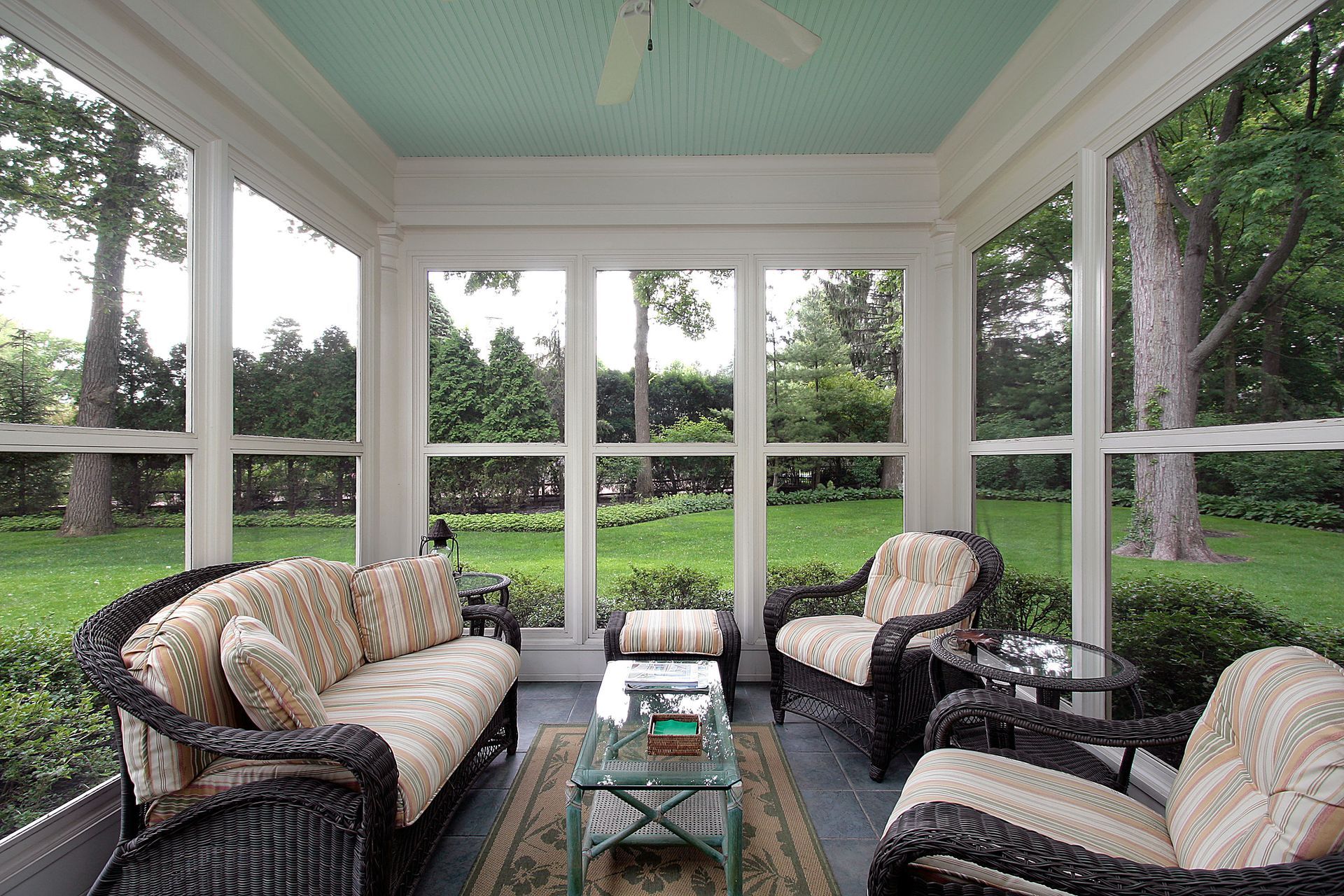
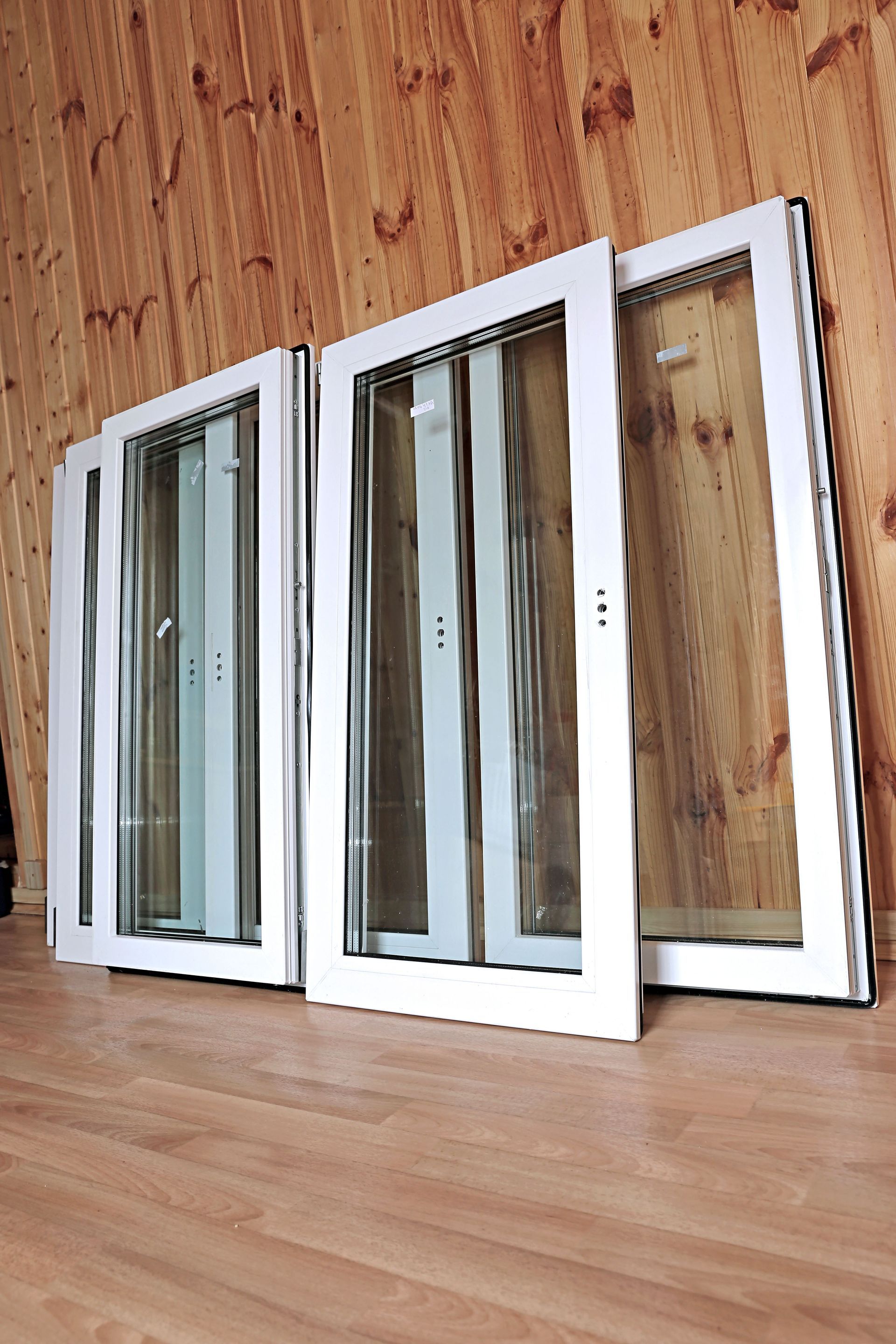

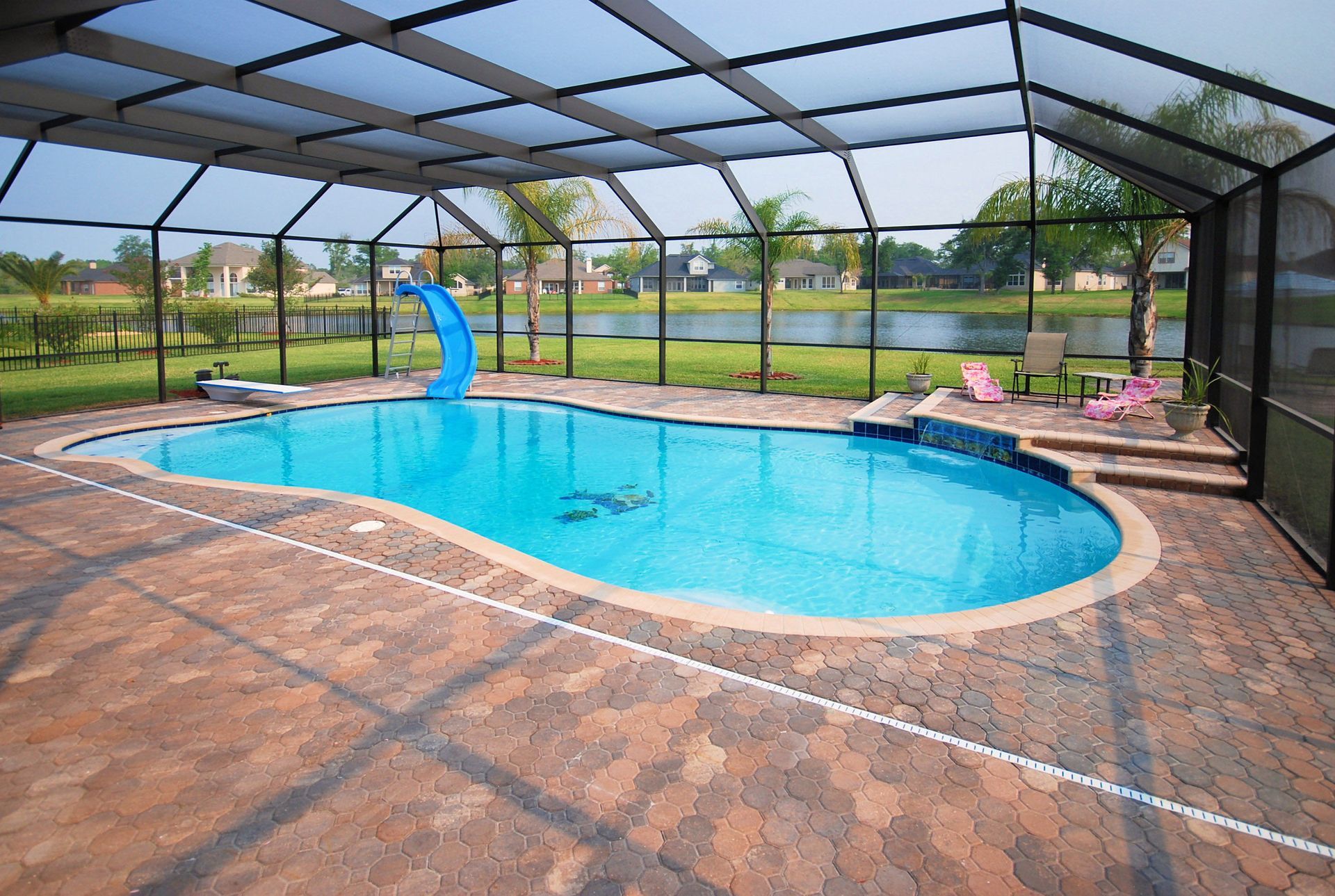

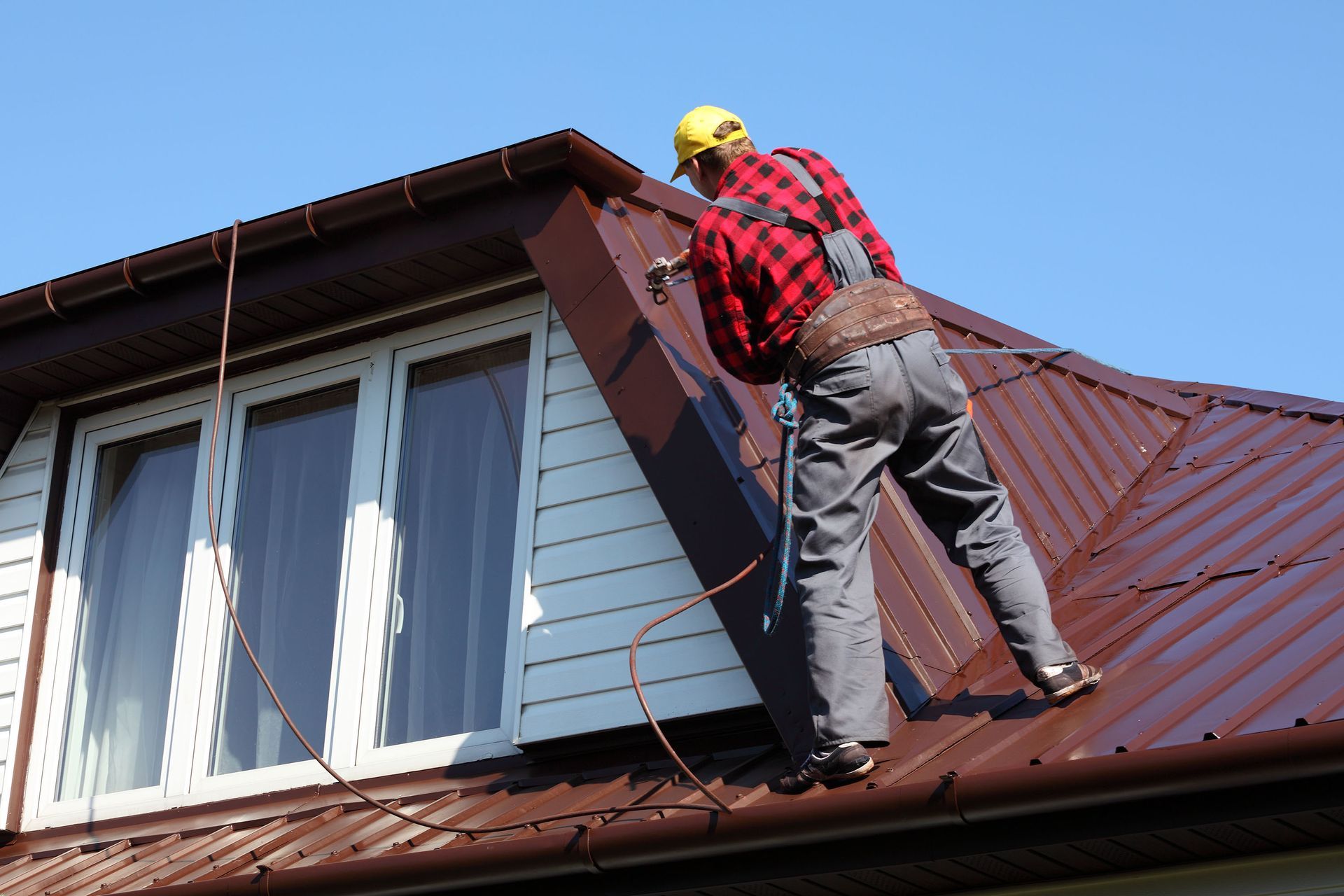
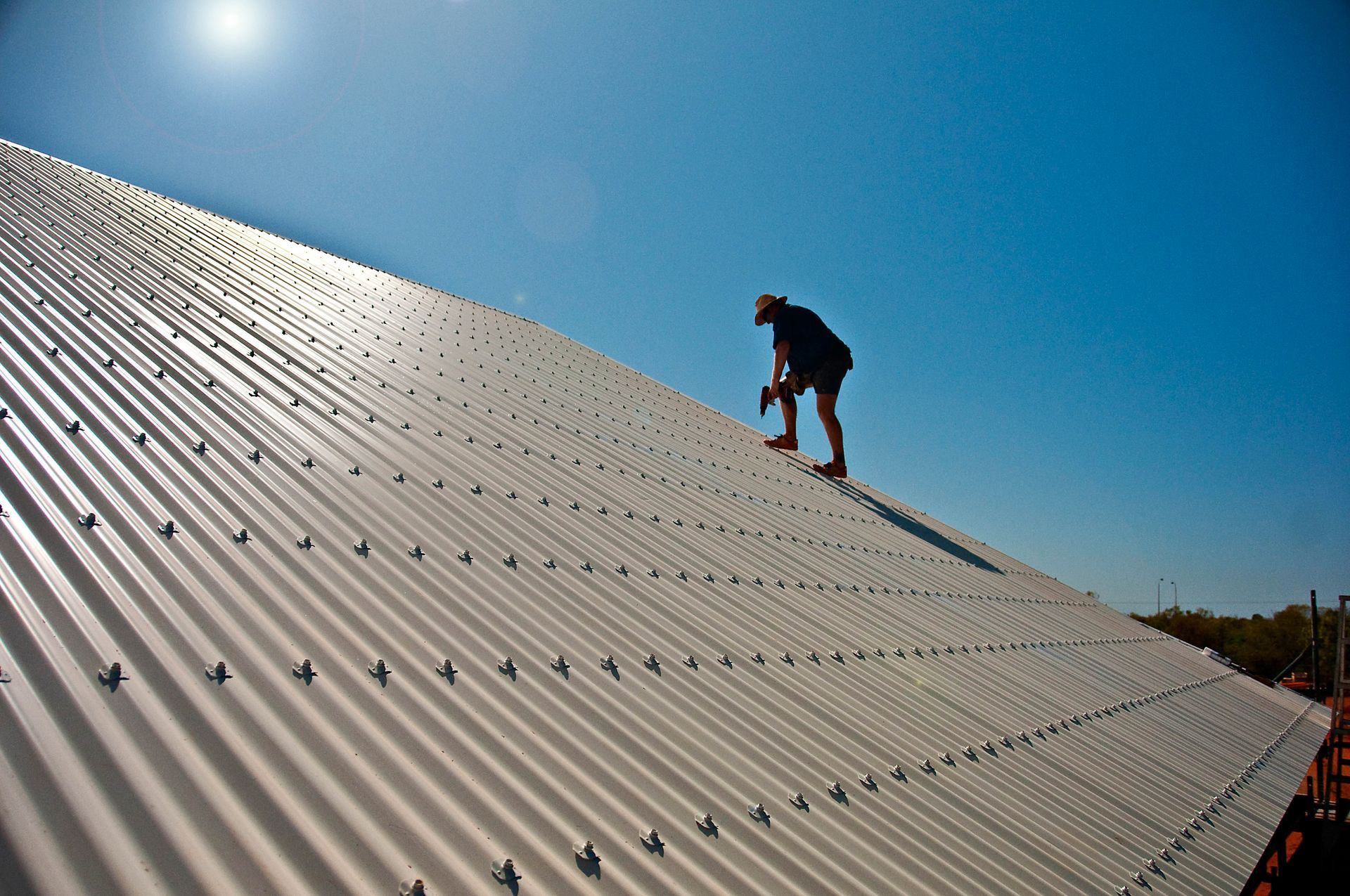
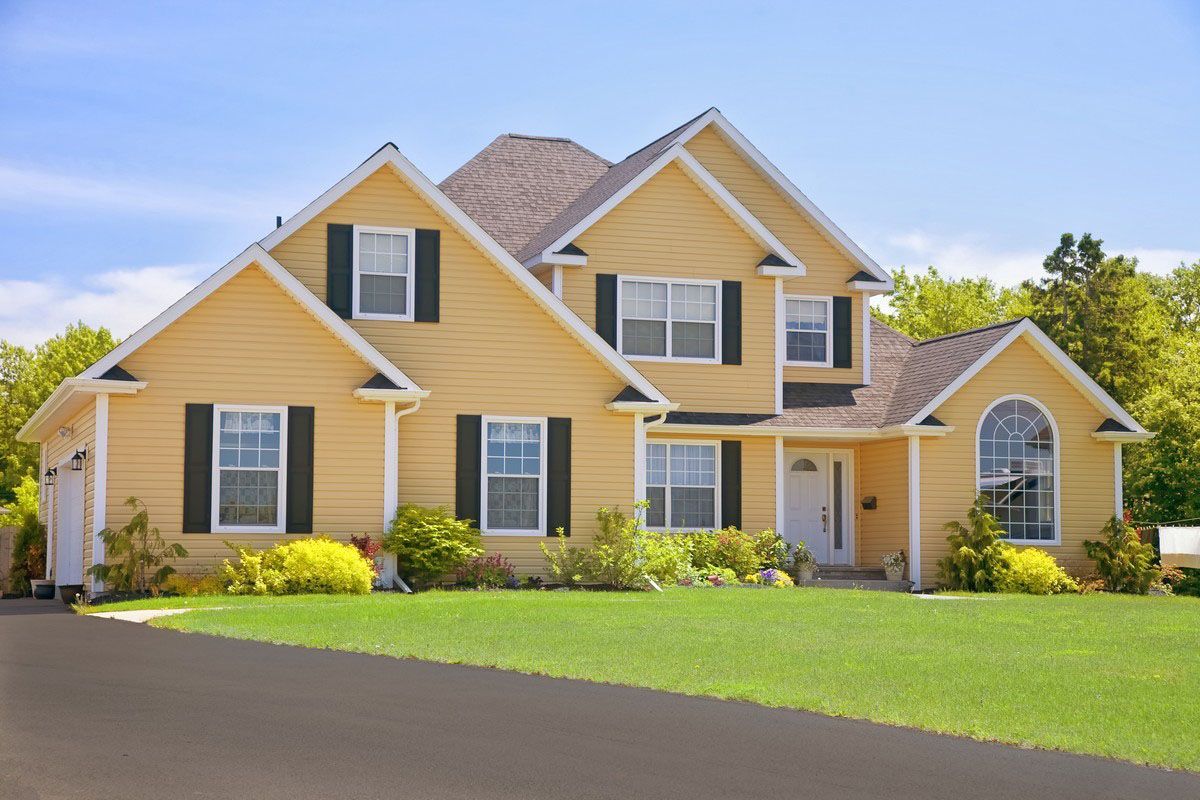
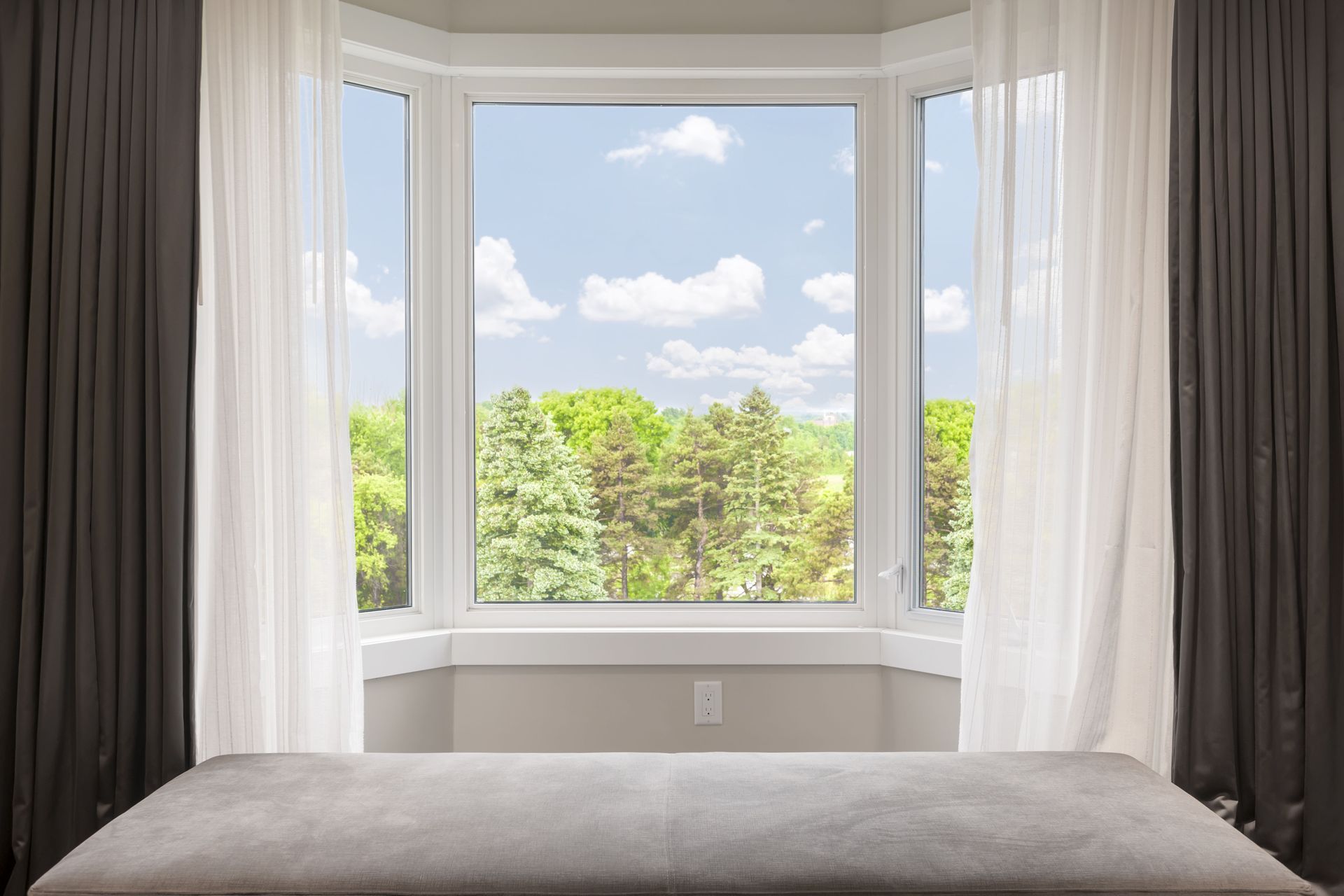
Share On: